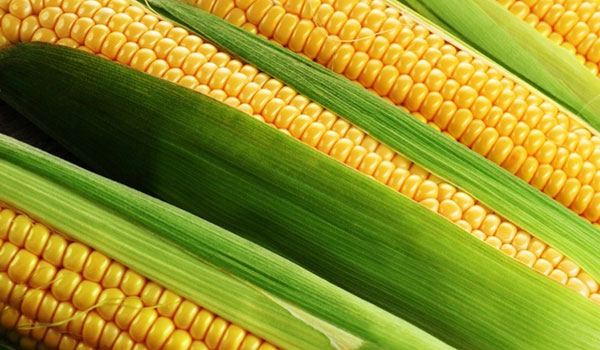
Located on the Austria-Slovenia border, squeezed between the Alps and the Adriatic sea, and at the crossroads of the invasion of the populations of the North, that pushed towards the Mediterranean sea, the region of Friuli is a complex one. The local cuisine is of humble origin, and still bears traces of the various cultures and influences that have lived there. Celts, Lombards, Byzantines, Cossacks, Slovenians Bohemians and Austrians have all left indelible tracks on the culture and traditions of this land. The movement of this population has enriched the cuisine and gastronomy, creating a melting pot of traditions and recipes. The testimonies dating back to the beginning of the nineteenth century describe a cuisine involving soups, minestrones and potatoes, as well as corn-flour, which was used to make polenta, (a type of corn-meal mush), a symbolic dish that is ever present on the tables of this area. Until the 1960s, the regional economy was predominantly agricultural, and the cuisine made the most of local produce. This economic self-sufficiency, and this localism, pushed towards a diversification of the same recipes from valley to valley, and zone to zone. One example of this are the cjarsons (pasta filled with a mixture that can vary from herbs and spices, to fruits and jams), a dish of medieval origin that characterises the northern part of Friuli, in which sweet and savoury elements are mixed, following different and very personalised recipes. Pork mincing is one of the traditional symbols of the Friuli gastronomy and community life. The most important ingredient is, of course the world-famous ham: prosciutto di San Daniele. This ham is common throughout the whole region, and is sometimes even produced using Austrian working techniques, or maturation and smoking methods originating from Slovenia and Dalmatia. The various types of sausage are also very widespread. The muset (a cotechino, spiced sausage for boiling) is exceptional, and takes its name from the fact that it is prepared using the snout of the pig. Many other dishes use courtyard animals, such as the goose, which was introduced originally by the Hebrew community, and is today very popular, as are poultry, rabbit and game. Over time, the farming tradition has handed down the habit of the use of wild herbs to enrich risottos and soups. Whilst some vegetables have become typical elements of the food culture of the region, such as the Savoy cabbage that can be treated to become crauti (sauerkraut), turnips, instead are conserved in marc (the refuse of pressed grapes), and then grated, to become brovada (a pickled turnip dish), delicious whether eaten cooked or raw. In the coastal areas, the regional gastronomy offers fish-based dishes, such as the famous simple, yet tasty, fish soup boreto. It is due to the availability of crustaceans, in fact, that risottos have now become part of our gastronomic tradition. In Trieste, you can still feel the Hapsburg influence of the past, in products and dishes such as the porcina (boiled pork), served with horseradish and crauti, or the iota, a soup made with potatoes, beans, crauti, garlic, bay leaf and cumin. As is to be expected for a humble cuisine with farming origins, sweets are few, but substantial, and amongst those that most deserve to be mentioned is the gubana , a typical sweet from the Cividale area of Friuli. Throughout the world, the region of Friuli is also associated with high quality white wines and a great tradition of liqueur production. That most famous is, of course, grappa.


